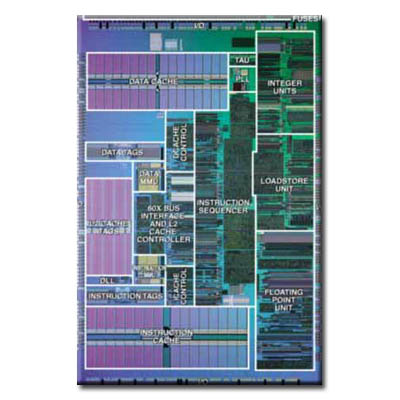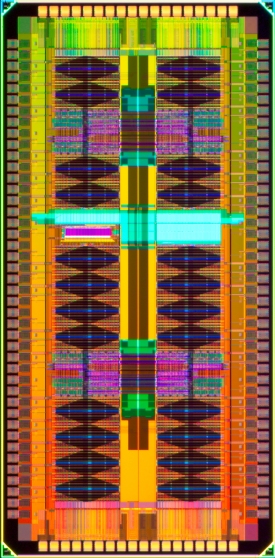Good find, Lostinblue. Where did you get this info and pic from?
From
bushing's flicker, known for collaborating in hackmii, wii homebrew channel, etc.
I doubt that; die shrinks in consoles are always exact shrinks with no changed architectures as far as I know. Even when Microsoft moved the GPU and CPU to one package on the 360 slim, they artificially added in latency between the chips to be perfectly compatible with the old ones. Any minute change in the architecture over just a shrink can affect unforseeable things.
This CPU is supposed to perform exactly like a regular Wii when clocked at 729 MHz though; it's probably the same thing, minus the SMP and cache changes; I'm guessing if Nintendo wanted to test whatever improvements they had in mind ahead of time this would be it.
From new instructions (undocumented and therefore not used/disabled), new core/L2 cache layout in relation to core logic (making internal cores more similar to the ones in expresso) or multiprocessor support... You name it, but advantages are obvious if they had that kind of insight/clarity a few years back.
And we've already discussed in this thread how core shrinks are not always linear:
In theory 90nm to 45nm would make it a quarter of its original size. But in reality die's never shrink perfectly, especially the logic parts (memory shrinks much more linearly and not too far off the theory I think). Gekko was 43mm2 so a perfect shrink from 180nm to 90nm should have meant 10.75mm2 for Broadway, when in reality its 18.9mm2. Though as you say Broadway wasnt just Gekko on a 90nm process, it did have some extra transistors in there.
Since it's never an automatic process, or a linear one; there might be more to it.
Advantages for Nintendo:
↳ PPC 750CL already went to 1 GHz @ 90 nm, 65 nm would give it leeway to go higher for testing purposes.
↳ Rearranging the core internals, to something akin the Espresso could potentially increase the achievable clock too.
↳ Multiprocessor support, missing from PPC750's, added to the silicon would allow for working tripple processor configurations before a Espresso tape-out was ready.
↳ Being in production and cutting price per chip a little (increasing chip count per waffle) would make Wii U R&D cheaper, said "tweaked" part would technically be a freebie.
↳ It's quite obvious from the
Iwata Asks centered on Wii U hardware that development used Wii for a basis (the final appearance gives it away too).
↳ They didn't bother doing such a thing for Hollywood perhaps because they knew they were scrapping it and thus R&D was unwarranted both in time and resources.
Edit: Also, regarding Wii die shrinks, you'll notice that the Wii Mini released in Canada has die-shrunk versions of both Broadway and Hollywood.
Interesting, so they got to do it on the Hollywood too.
Is there a discernable difference when it comes to energy consumption?









